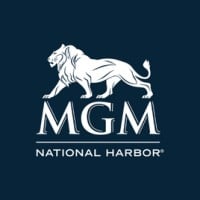
Pinnacle
Pinnacle (formerly known as Pinnacle Sports) was established in 1998, and since that time has been offering bettors a unique alternative to other bookmakers. Our gimmick free approach simply focuses on offering the best odds, and highest betting limits for every market we provide, so bettors win more compared to the competition.






